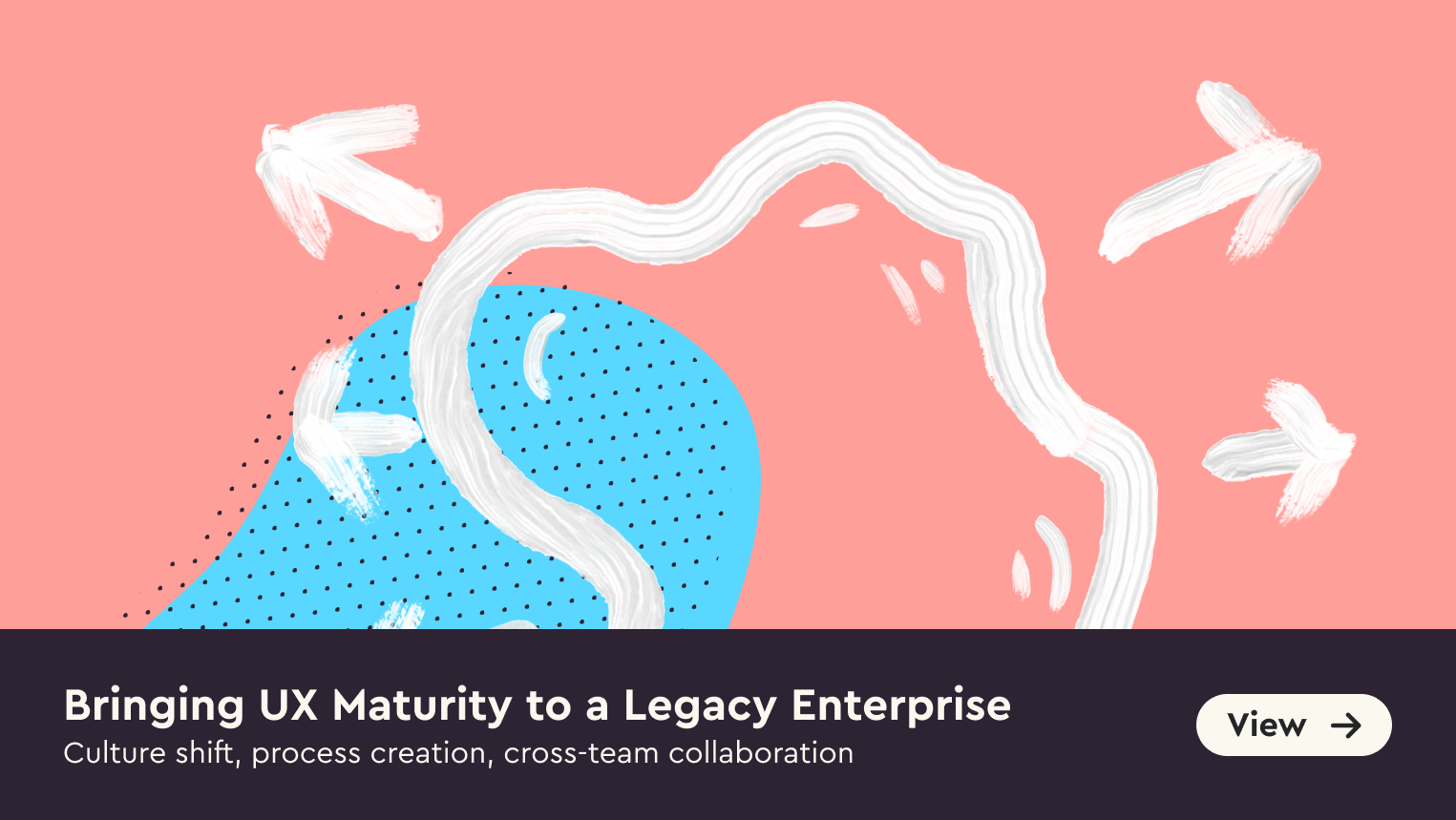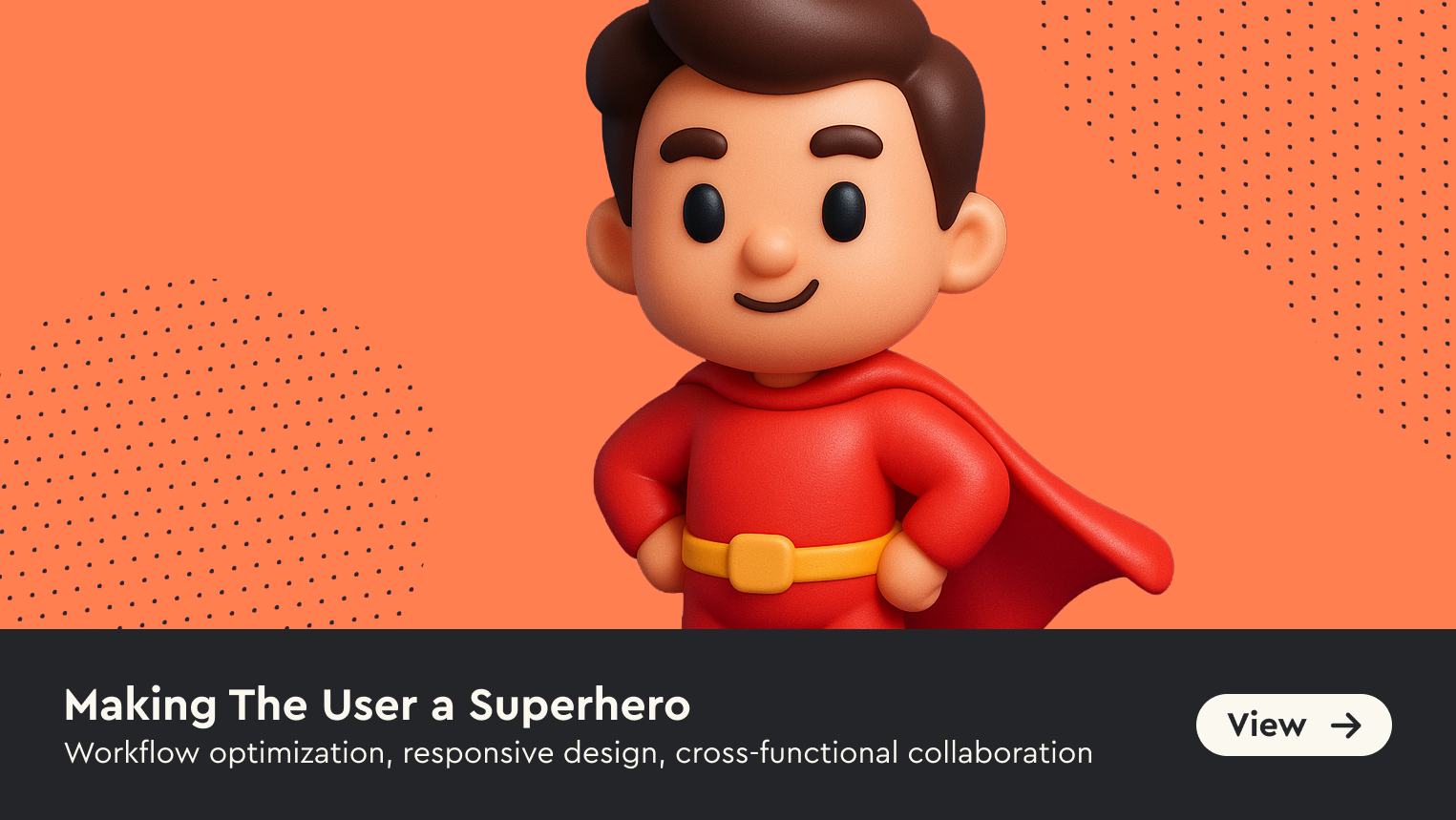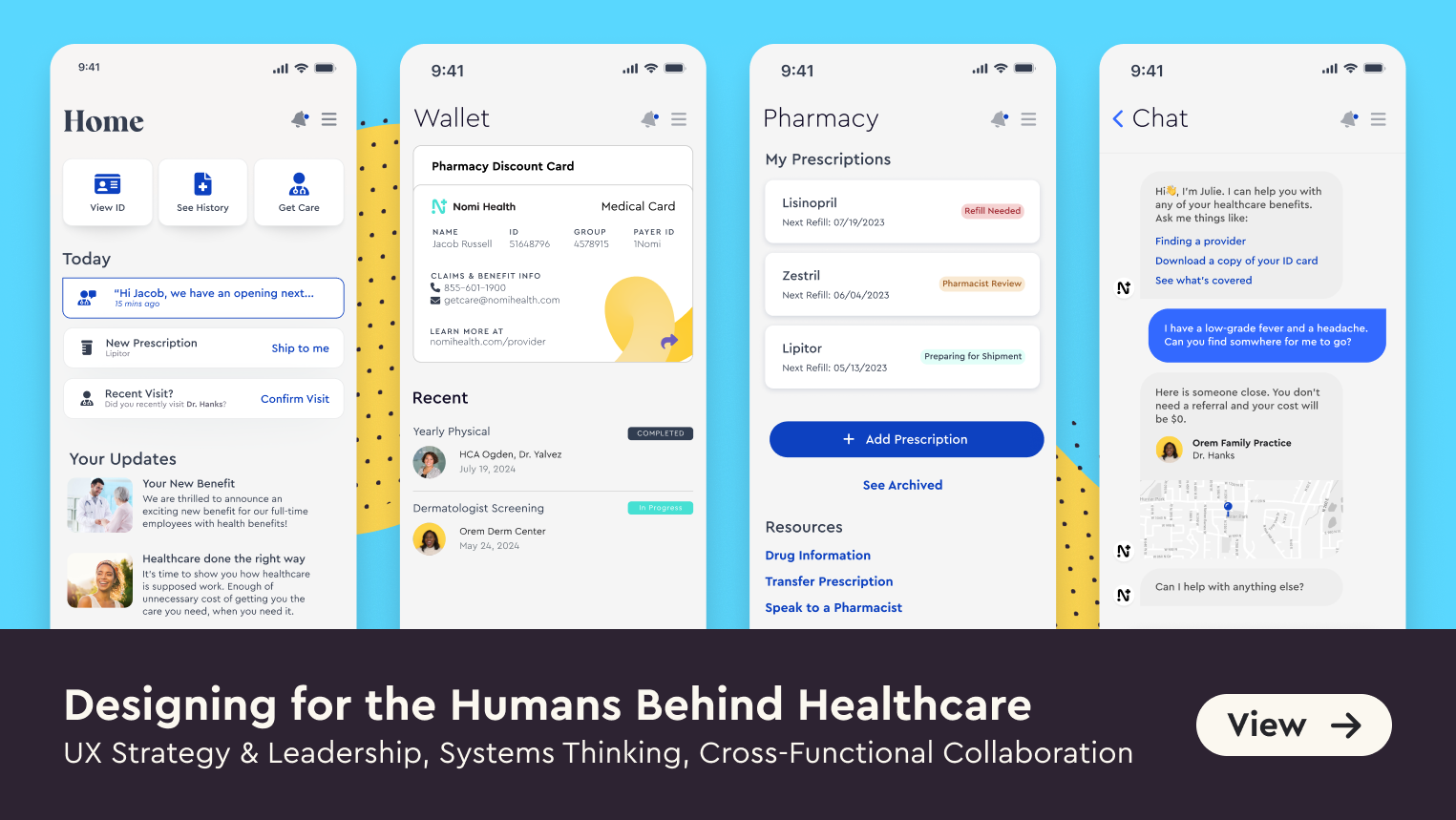TL;DR: Created and scaled Nomi Health’s design system by aligning experiences across company, standardizing patterns, and enabling cross team consistency.
Impact: Reduced dev cost • BU alignment • Increased dev efficiency
Complex functionality needs a robust design library
At Nomi Health, I led the transformation of a fragmented product ecosystem into a cohesive, scalable design system that supported our healthcare platform across multiple business units. This initiative was essential to our broader goal of creating consistent, human-centered experiences while improving delivery speed and design quality across teams.
I oversaw both the strategic foundation and tactical execution of the design system; establishing governance, design principles, and scalable architecture that aligned with our engineering frameworks and healthcare use cases.
I set off the effort with a simple style guide
Key Contributions
System-Wide Alignment & Strategy
• Unified design efforts across siloed business units under a shared system vision
• Created principles-driven foundations to guide UI decisions across product teams
• Facilitated buy-in from leadership by aligning design system goals with product OKRs and delivery needs
Adaptability was paramount to manage future complex features
Design-Dev Synchronization
• Partnered closely with our lead UI engineer to ensure parity between Figma components and our Storybook implementation
• Set up workflows and checkpoints to maintain consistency between design specs and front-end behavior
• Established a single source of truth that reduced inconsistencies and rework across design and dev teams
The system needed to adapt to various personas
Token-Based Architecture
• Built a tokenized design foundation supporting semantic naming, theming, and accessibility
• Created flexible, component-agnostic color ramps centered around an expressive, healthcare-friendly brand palette
• Ensured token structure could scale across platforms and integrate with engineering systems for automated theming
Component Library & Contribution Model
• Guided the creation and documentation of core UI components used across internal and external tools
• Implemented contribution processes to encourage input from designers and developers
• Leveraged frameworks from modern best-practices to shape review cycles, audits, and governance standards
A good design system is always evolving
Workflow Enablement & Onboarding
• Embedded audit checklists and onboarding tools to support faster team ramp-up and consistent decision-making
• Used sprint ceremonies to gather real-time feedback, identify gaps, and ensure stakeholder alignment
• Prioritized inclusive, accessible design practices throughout system evolution
Results
• Reduced friction between design and engineering by aligning tools and processes
• Improved design velocity and consistency across member, provider, and internal platforms
• Established a design system foundation flexible enough to support future AI and personalization features
• Increased confidence in the UX practice as a driver of business performance and product quality









